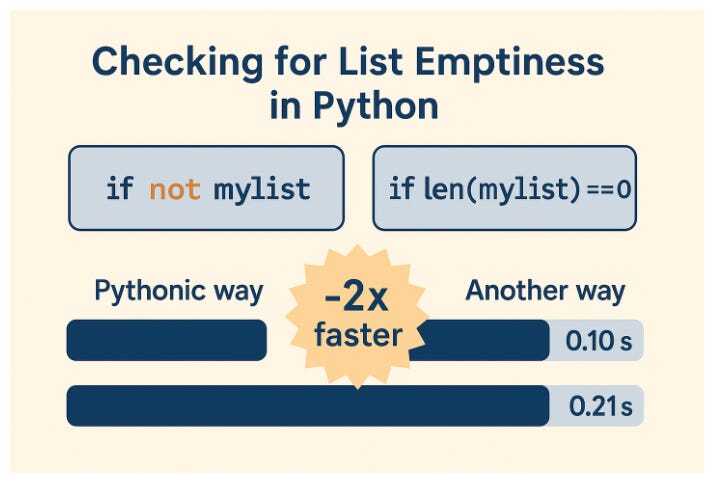- 30 Posts
- 5 Comments

 2·2 years ago
2·2 years agoInteresting. I’m just thinking aloud to understand this.
In this case, the models are looking at a few sequence of bytes in their context and are able to predict the next byte(s) with good accuracy, which allows efficient encoding. Most of our memories are associative, i.e. we associate them with some concept/name/idea. So, do you mean, our brain uses the concept to predict a token which gets decoded in the form of a memory?

 2·2 years ago
2·2 years agoYes. They also mention that using such large models for compression is not practical because their size thwarts any amount of data you might want to compress. But this result gives a good picture into how generalized such large models are, and how well they are able to predict the next tokens for image/audio data at a high accuracy.

 3·2 years ago
3·2 years agoDo you mean the number of tokens in the LLM’s tokenizer, or the dictionary size of the compression algorithm?
The vocab size of the pretrained models is not mentioned anywhere in the paper. Although, they did conduct an experiment where they measured compression performance while using tokenizers of different vocabulary sizes.
If you meant the dictionary size of the compression algorithm, then there was no dictionary because they only used arithmetic coding to do the compression which doesn’t use dictionaries.

 1·2 years ago
1·2 years agoI have the same problem. The number of things I want to read and write about is scaling faster than I can tackle them :)




















Yes, that makes much more sense.